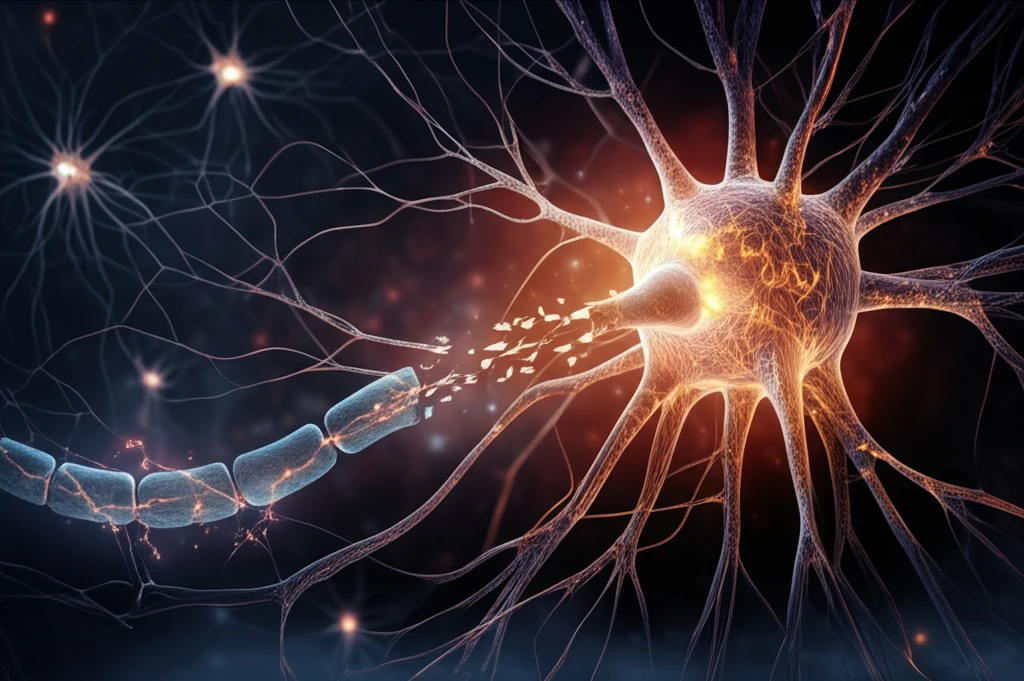
Revitalize Your Nerves: The Science of Nerve Regeneration and Regaining Function
"Discover the latest research on how nerves repair themselves after injury, offering hope for improved recovery and function."
Nerves, the intricate communication network of our body, play a vital role in everything we do, from the simplest movements to the most complex thoughts. When these delicate pathways are damaged, the consequences can be significant, leading to loss of sensation, impaired movement, and chronic pain. Understanding how nerves regenerate is crucial for developing effective treatments and improving the lives of those affected by nerve injuries.
The ability of nerves to regenerate is not a new discovery, but ongoing research continues to uncover the complex mechanisms involved in this process. Scientists are particularly interested in the role of ion channels, specialized proteins that control the flow of electrical signals along nerve fibers. These channels, especially voltage-gated sodium channels (VGSCs), are essential for nerve function, and their behavior changes dramatically during regeneration.
This article delves into the groundbreaking work of researchers studying nerve regeneration, focusing on the changes that occur in voltage-gated channels after nerve injury. By understanding these changes, we can explore potential strategies to enhance nerve regeneration and restore function more effectively.
Unlocking the Secrets of Nerve Regeneration

The human body possesses an incredible ability to heal, and nerve regeneration is a prime example of this. When a nerve is damaged, the nerve fiber distal to the injury site degenerates, while the proximal portion begins to sprout new growth cones. These growth cones extend towards the target tissue, guided by various chemical signals. If the growth cones successfully reach their target, they can re-establish connections and restore nerve function. However, this process is not always perfect, and various factors can influence the success of nerve regeneration.
- The severity of the nerve injury.
- The distance the nerve must regenerate.
- The age and overall health of the individual.
- The presence of scar tissue or other obstacles.
Hope for the Future of Nerve Regeneration
The research into nerve regeneration and the role of voltage-gated sodium channels offers hope for the development of new therapies to improve outcomes after nerve injury. By targeting specific ion channels, such as NaV1.8, scientists may be able to reduce hyperexcitability and improve nerve function. Further research is needed to translate these findings into clinical applications, but the future of nerve regeneration looks promising.
